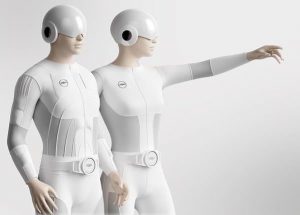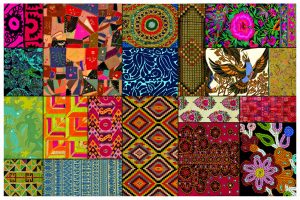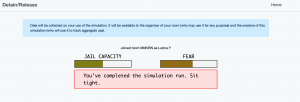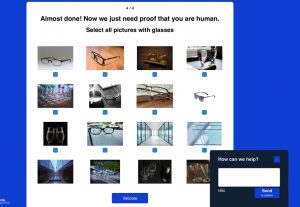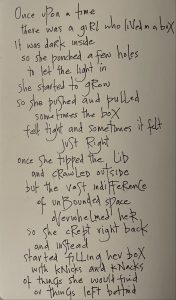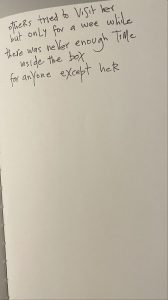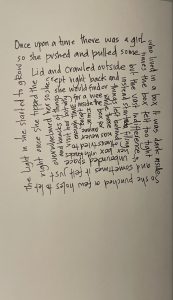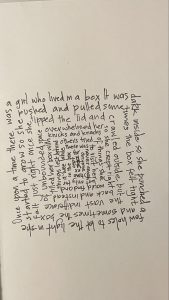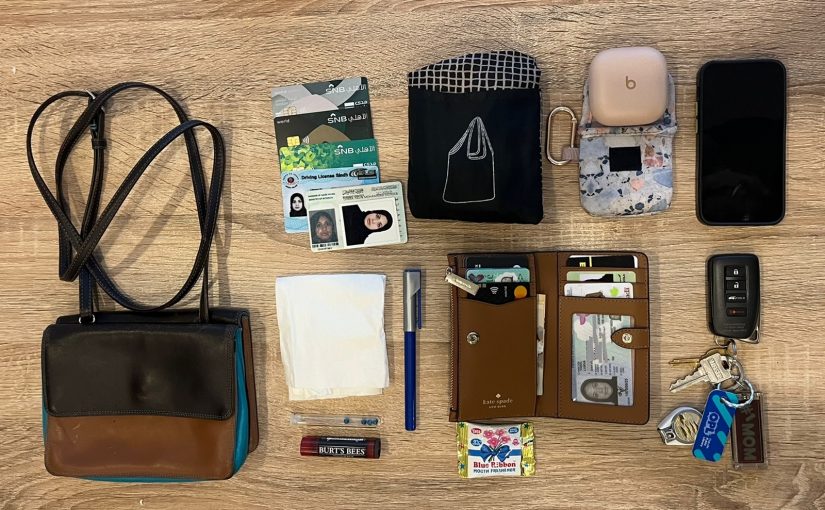
The last movie I watched was Ant-man and the Wasp, so I started by attempting this title; however, unable to find a wasp emoji, I gave up fairly quickly. So my next strategy was to try out titles of my favourite movies/TV shows. After several dire attempts (Everything Everywhere, All at Once!), the compromises I would have to make started sinking in, and I finally settled on a title.
Although my initial start was quite literal (with the title), I gave up on this approach relatively fast. Instead, I focused on capturing the bigger picture or synopsis of the show, so there was definitely no consideration of syllables. Rather, I tried to combine depicting some key characteristics of the protagonist with the ‘big idea’ of the narrative. I don’t think anyone unfamiliar with the show’s plot could guess it based on my emojis alone!
The task was more complicated than I had initially anticipated, and my version ended up being briefer than I expected. However, in my view, emojis are not entirely ‘universal.’ They can be misinterpreted more often than read accurately (especially if the sender and receiver do not know each other well), so I opted for the ‘less is more’ approach.
Despite the challenges, this was a beneficial task to perform. I found it an intriguing way to connect to the Kress reading, where “the dominant modes of representation of speech and writing are being pushed to the margins of representation and replaced at the centre by the mode of image and by others” (pg. 17, 2005), others here being emojis. However, when reflecting on the “question of gains and losses, in the move from one mode and its arrangements to another mode and its different arrangements” (pg.16), as well as the “aptness of fit between mode and audience” (pg. 19), I did feel the use of emojis for this task resulted in a loss of richness and depth of narrative for the plot. This might, however, be because I am not a good ‘designer’ of emoji communication (just as someone might not be a great musician despite knowing how to play music) and could not effectively transform the intended meaning into the new semiotic landscape.
Reference:
Kress, G. (2005), Gains and losses: New forms of texts, knowledge, and learning. Computers and Composition, 2(1), 5-22.
